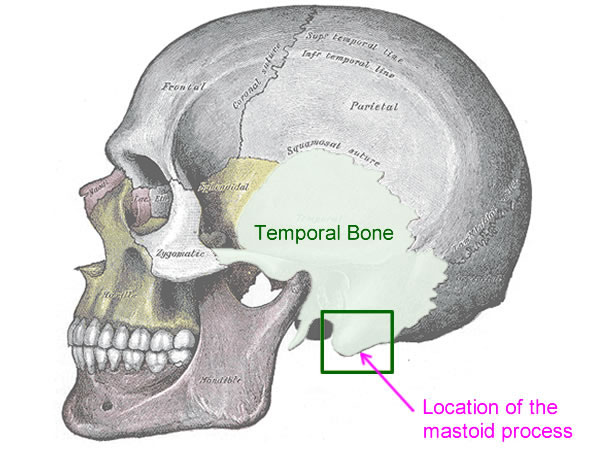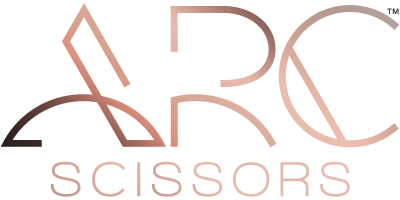4 PERIMETER CUTTING MISTAKES & HOW TO FIX THEM

4 Mistakes To Avoid When Cutting A Blunt Bob
Have you ever spotted a super sharp bob from across a room and thought to yourself, "How can I recreate that for my clients?" You're in luck. We grabbed our bob master Chris Jones (@chrisjones_hair) and learned the four most common mistakes stylists make and how to switch up your cutting techniques to fix them!
Mistake #1: Too much tension.
Whether you are cutting the nape wet or dry, it is important to make sure you're combing the hair down at natural fall (the direction the hair naturally grows out of the head). Ensure this by cutting against the skin versus in your fingers. Sometimes using your fingers to hold each section creates too much tension, leading to jumps in your perimeter.
Pro Tip: For optimal control, try using a wide tooth comb and a shorter scissor. "Scissor size is a personal preference. I lean towards shorter ones because it puts my hands closer to my work giving me more control. I like to use the ARC™ Scissors PHANTOM II 5.5"," says Chris.
- Transitions effortlessly from wet to dry cutting.
- Precision tip is designed to point cut tight corners and hard to reach angles.
- Razor-sharp blades eliminate snagging and tugging.
- Ball bearing pivot creates even tension for controlled, even cutting.
Mistake #2: Overdirection.
A blunt bob is cut at zero degrees elevation all around the head—remember that.
"If you comb the hair that is supposed to fall to the side of the neck to the back, that overdirection will create graduation", explains Chris. All sections should be combed straight down at natural fall and cut to the same line. This will create that sharp, precise perimeter that makes or breaks a blunt bob.

Mistake #3: Incorrect body positioning.
Time for a quick anatomy lesson. The mastoid process is the bone that is located where the head starts to round to the side (approximately one to two inches behind the ear). From the mastoid process to under the chin is considered the side of a haircut. From the mastoid process to the nape of the neck is considered the back of the haircut.

Using this visual, you'll see why it is IMPERATIVE to cut directly in front of the section you are working on. If you try to cut the side from the back, you WILL be overdirecting that section. Move your body NOT the hair.
Mistake #4: Jump around the ear.
There is nothing worse than creating a killer perimeter with a jump below the ear. This disruption will pull the eye away from the strong line you've created and can often lead to cutting the hair shorter in an attempt to fix it.
Here is how to avoid it. "If you're working on wet hair, tap above and below the ear to create slack. The hair needs to be slightly longer to travel over the ear and fall along the same perimeter line," explains Chris.
Pro Tip: Chris uses the ARC™ Scissors SYMMETRY10/10 Reversible Blender to chip away any extra length. They remove 60% to 70% of hair depending on the angle of the blade is held at while cutting, so they're great for creating straight textured lines on bobs. 
- Ideal for creating traditional or straight textured lines on perimeters.
- Reversible scissor design can be used from left or right, allowing for extreme precision.
- Slides through hair with zero drag or pull.




Comments on this post (0)